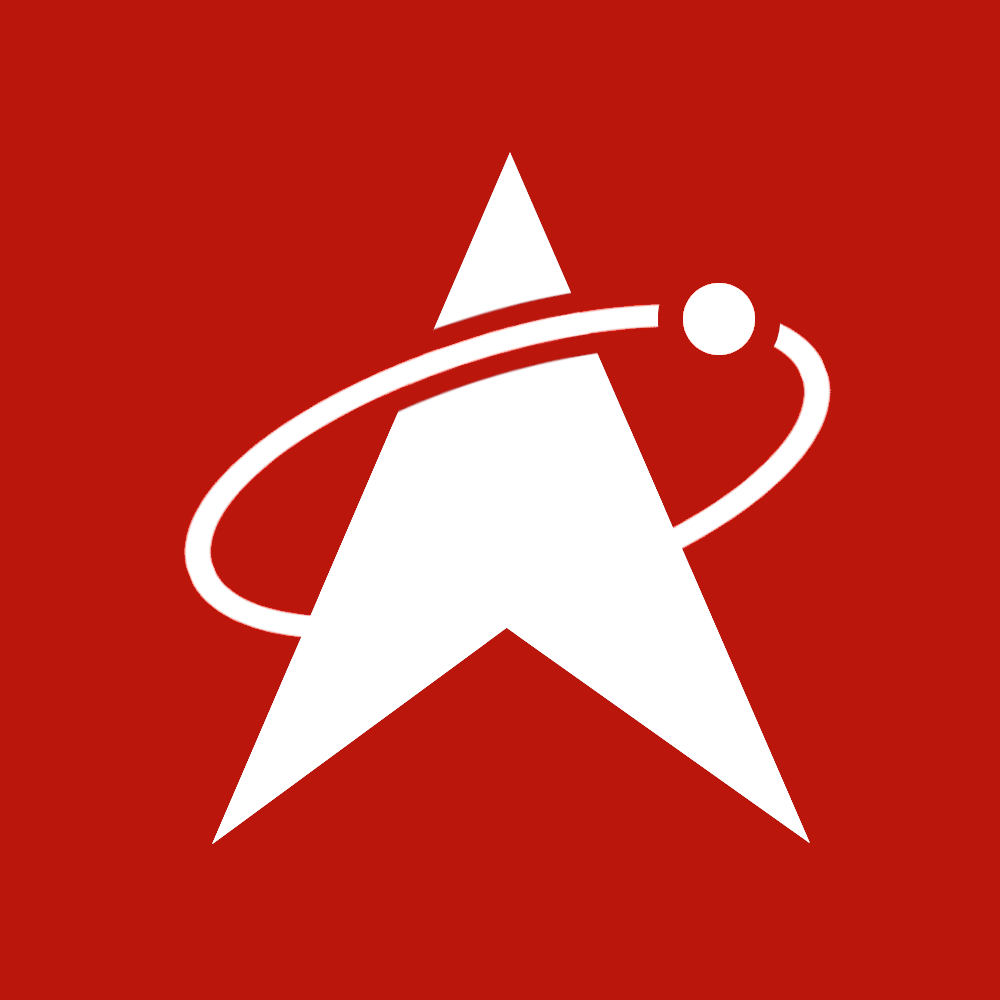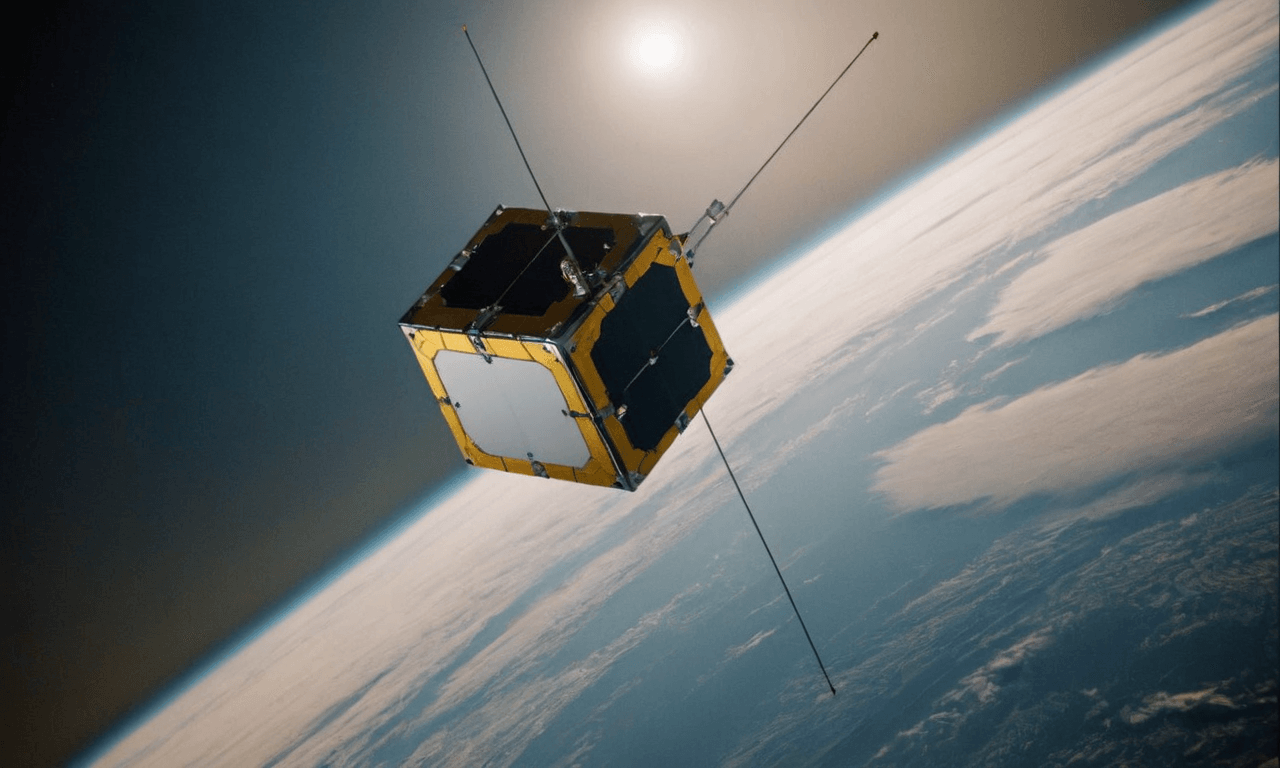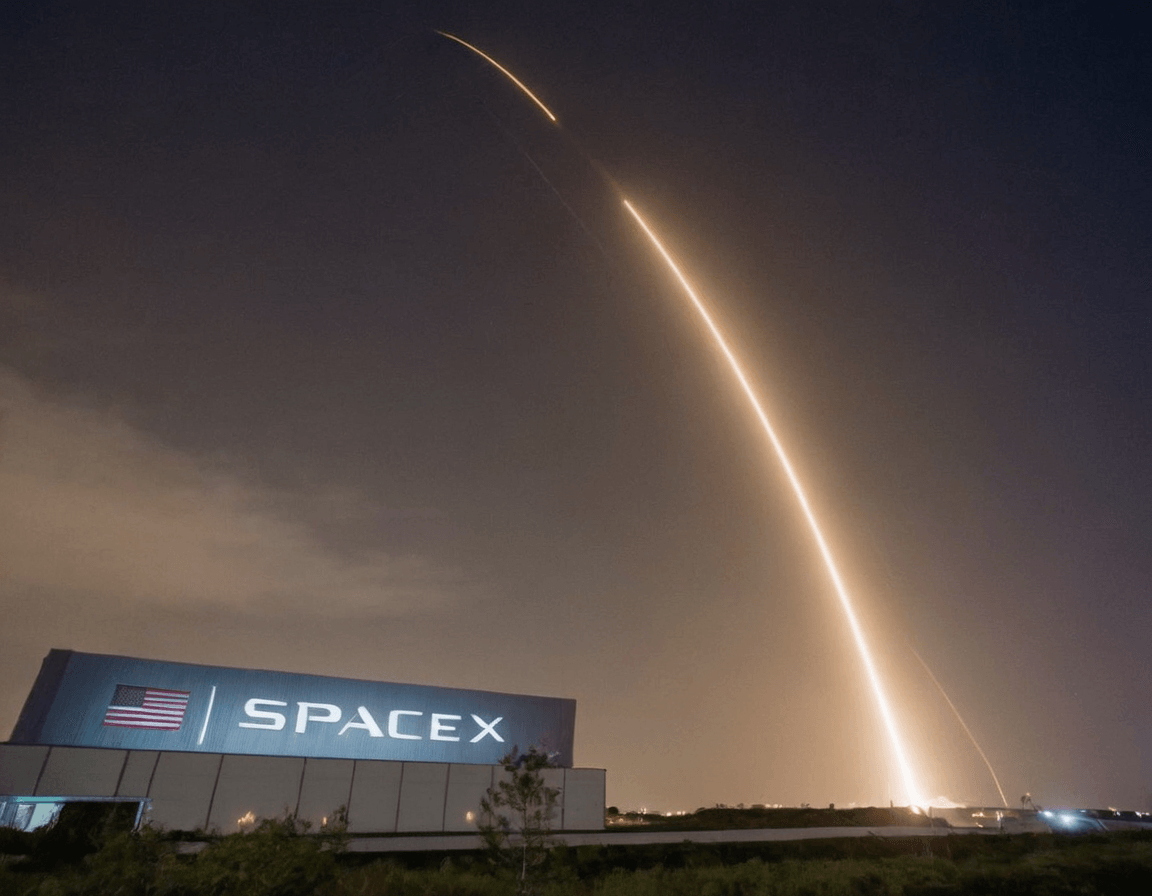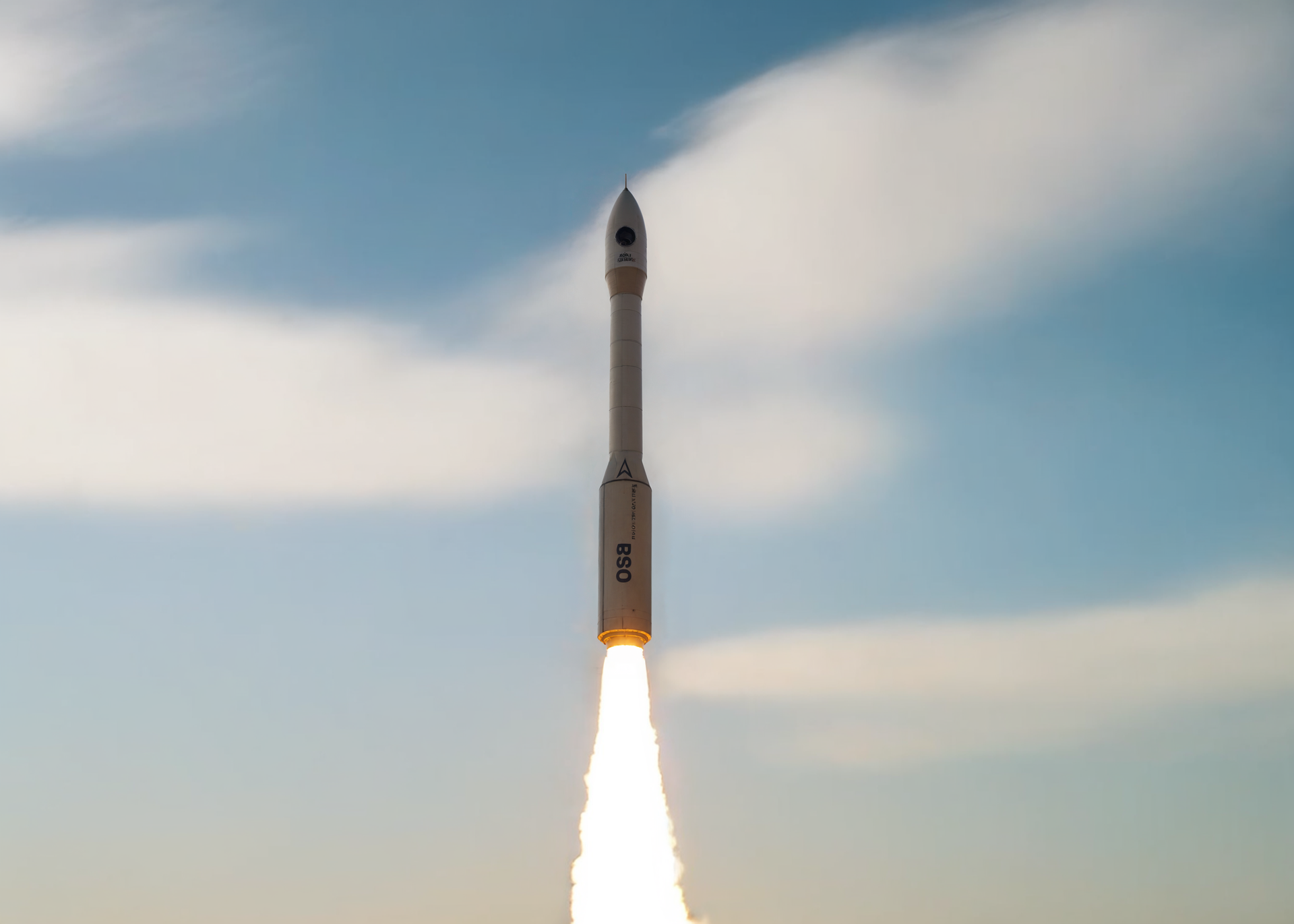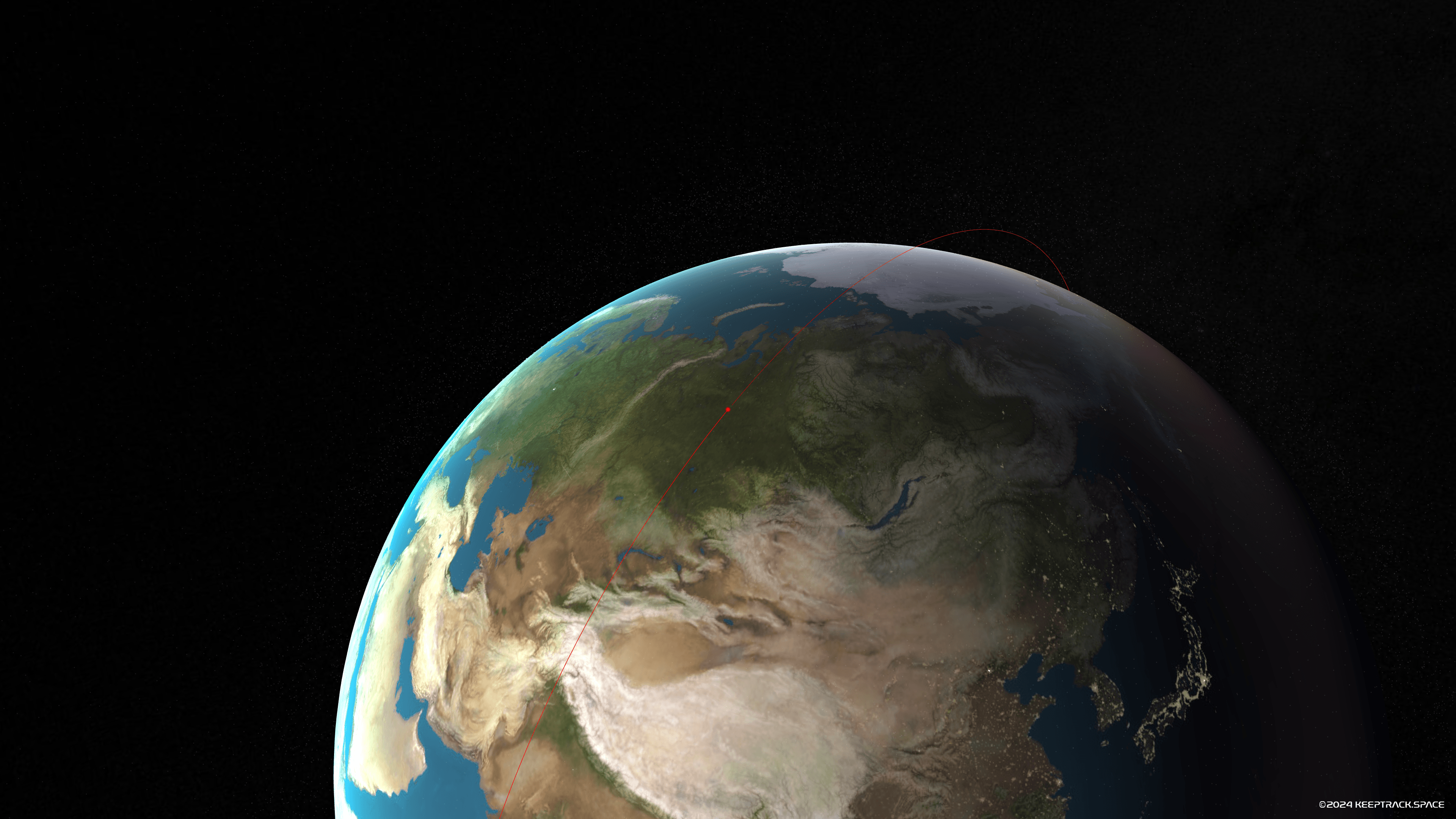· space brief · 4 min read
Space Brief 3 Nov 2024
Today focuses on Blue Origin's preparation for New Glenn's debut, SpaceX Crew-9's ISS maneuver, the importance of U.S.-China cooperation in space, and breathtaking ISS photography.

📄Top Stories
Blue Origin has transported the colossal first stage of its New Glenn rocket to Cape Canaveral, setting the stage for its maiden flight. Meanwhile, SpaceX’s Crew-9 is repositioning its Crew Dragon on the ISS, a routine but critical task ensuring the station’s operations. In a broader view, current geopolitical tensions in space suggest that collaborations could pave the way for peaceful and innovative space governance. Lastly, NASA astronaut Don Pettit continues to amaze with his long-exposure imagery from the ISS, highlighting Earth’s beauty.
📰Detailed Coverage
Blue Origin Prepares New Glenn for Debut
On October 30th, Blue Origin hauled the enormous first stage booster of its next-generation New Glenn rocket to Cape Canaveral Space Force Station. This marks a crucial step toward its anticipated inaugural flight, slated to showcase the reusable rocket’s capabilities built to compete with SpaceX and other space giants.
The upcoming launch is keenly watched by satellite trackers who anticipate ramifications for payload deployment and tracking. The successful demonstration of New Glenn would add a significant player to the commercial launch market, impacting the distribution and management of satellites across Earth’s orbit.
Read the full story: Phys.org
SpaceX Crew-9 Perform ISS Craft Relocation
Today, four astronauts aboard the International Space Station will relocate the Crew Dragon spacecraft to a new docking port. This maneuver, essential for accommodating upcoming arrivals, ensures efficiency in station logistics while underscoring the symbiotic design of modern space architecture.
The event is broadcast live, illustrating collaboration in space operations and offering valuable insights for network enthusiasts tracking these crafts. The operation also exemplifies the seamless integration of international space missions, coordinating maneuvers with precise orbital timing available on our app.
Read the full story: Space.com
Collaborative Vision for Space: Beyond Competition
An in-depth op-ed highlights the necessity for cooperative measures between space-faring superpowers like the U.S. and China. Emphasizing common resources and shared goals, the article argues for collaborative frameworks over competitive postures to advance lunar exploration and mitigate geopolitical tensions.
Past collaborative efforts, such as the Apollo-Soyuz handshake, serve as a testament to the potential for cooperative exploration. This theme resonates with satellite policy development, encouraging cross-nation partnerships reflected in tracking and shared satellite technologies for more comprehensive global space governance.
Read the full story: Space.com
Capturing Earth: New ISS Imagery by Don Pettit
NASA’s seasoned astronaut, Don Pettit, captivates once again with stunning long-exposure imagery capturing Earth’s illuminated terrains and celestial phenomena. This vivid artwork was created aboard the ISS, blending scientific prowess with artistic flair.
Pettit’s photographs contribute to the enhanced tracking of atmospheric conditions and phenomena from space, highlighting the dynamic interplay between Earth’s surface activities and spaceborne observations accessible via satellite tracking platforms.
Read the full story: Space.com
🛰️Satellite Spotlight
- Satellite Name: COSMOS 1395
- NORAD ID: 13382
- Launch Date: 1982-07-28
- Mission: Russian Strela communications satellite for military purposes
- Orbit: Inclination 74.013°, Period 115.86 minutes, Eccentricity
- Operator: Main Space Forces Directorate
- Fun Fact: COSMOS 1395 is part of the Strela communications satellite series used extensively during the Cold War for secure information relay.
Current TLE Data:
1 13382U 82073H 24305.47965312 .00000009 00000-0 17680-3 0 99992 2 13382 74.0130 300.4416 0026052 58.0238 110.9516 12.42853593918343
Track this satellite in real-time on our web app: Track COSMOS 1395
🚀 Upcoming Space Launches
November 3
- SpaceX Falcon 9:
- Starlink Group 6-77 from Cape Canaveral SFS (21:57 UTC) A batch of 23 satellites for the Starlink mega-constellation - SpaceX’s project for space-based Internet communication system.
November 4
- Mitsubishi Heavy Industries H3-22:
- DSN 3 (Kirameki 3) from Tanegashima Space Center, Japan (06:48 UTC) A geostationary communications satellite for military communications by the Japanese military.
- Russian Federal Space Agency Soyuz 2.1b/Fregat-M:
- Ionosfera-M 1 & 2 from Vostochny Cosmodrome, Siberia, Russian Federation (23:18 UTC) Ionosfera is a constellation of four research satellites for studying ionospheric and magnetospheric phenomena, loaded with instruments like spectrometers and plasma analyzers.
November 5
- SpaceX Falcon 9:
- Dragon CRS-2 SpX-31 from Kennedy Space Center (02:29 UTC) 31st commercial resupply services mission to the International Space Station under NASA’s Commercial Resupply Services contract.
- SpaceX Falcon 9:
- Starlink Group 9-10 from Vandenberg SFB (07:46 UTC) Deployment of additional satellites for SpaceX’s Starlink Internet constellation.
- Rocket Lab Electron:
- Changes In Latitudes, Changes In Attitudes from Rocket Lab Launch Complex 1, Mahia Peninsula, New Zealand (10:30 UTC) Launch of an undisclosed Low Earth Orbit communication satellite, suspected customer is E-Space.
November 7
- SpaceX Falcon 9:
- Starlink Group 6-69 from Cape Canaveral SFS (22:46 UTC) Launch of a new batch of satellites for the Starlink mega-constellation.
November 21
- Russian Federal Space Agency Soyuz 2.1a:
- Progress MS-29 (90P) from Baikonur Cosmodrome, Republic of Kazakhstan (12:22 UTC) Resupply mission to the International Space Station.
November 30
- Russian Federal Space Agency Soyuz 2.1a/Fregat-M:
- Kondor-FKA No.2 from Vostochny Cosmodrome, Siberia, Russian Federation (00:00 UTC) Small civilian radar Earth observation satellite designed for detailed and wide swath surveys.
- Galactic Energy Ceres-1:
- Unknown Payload from Jiuquan Satellite Launch Center, People’s Republic of China (00:00 UTC)
Note: Launch dates and times are subject to change due to technical or weather considerations.

